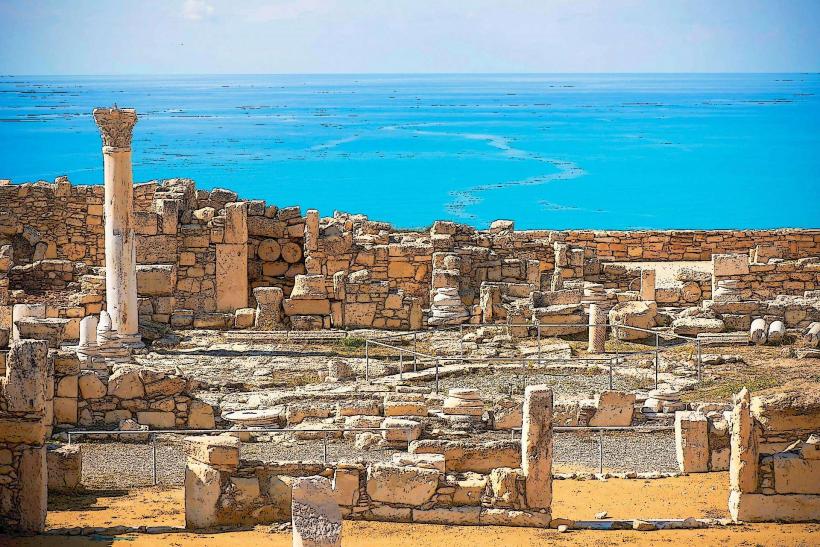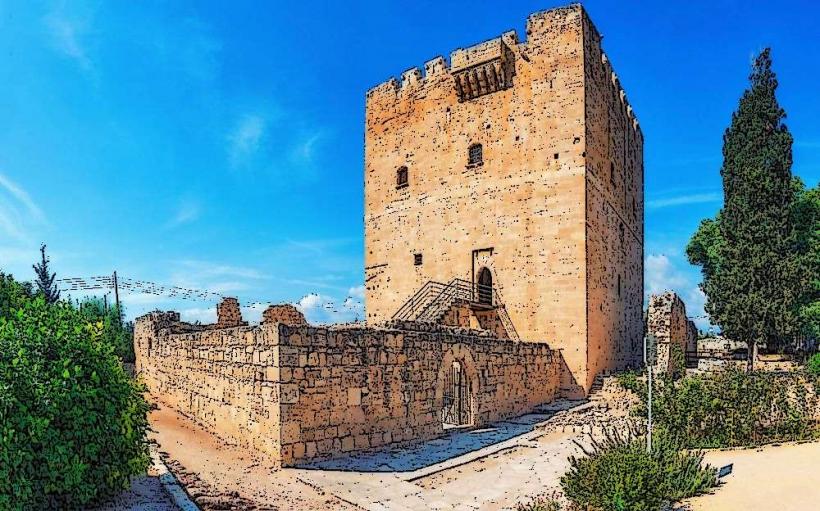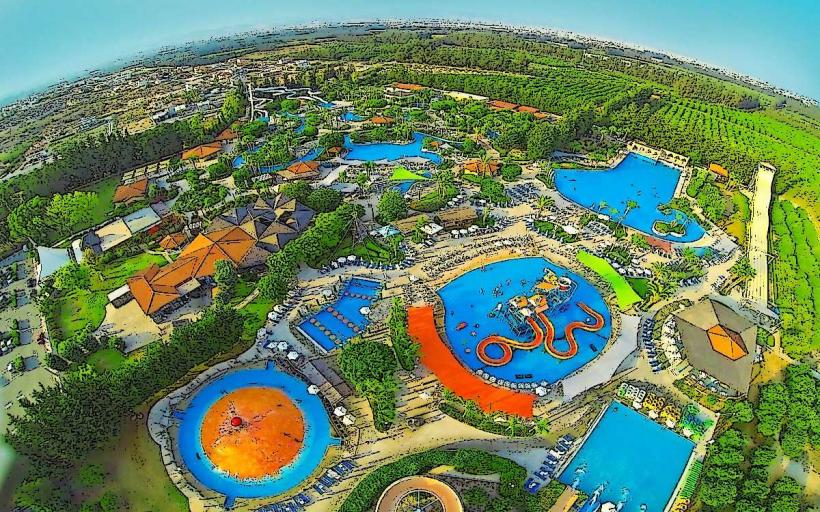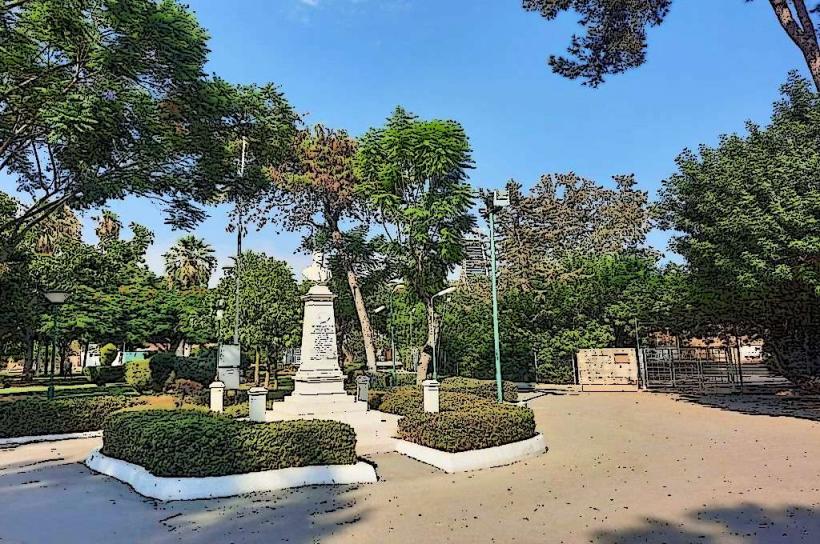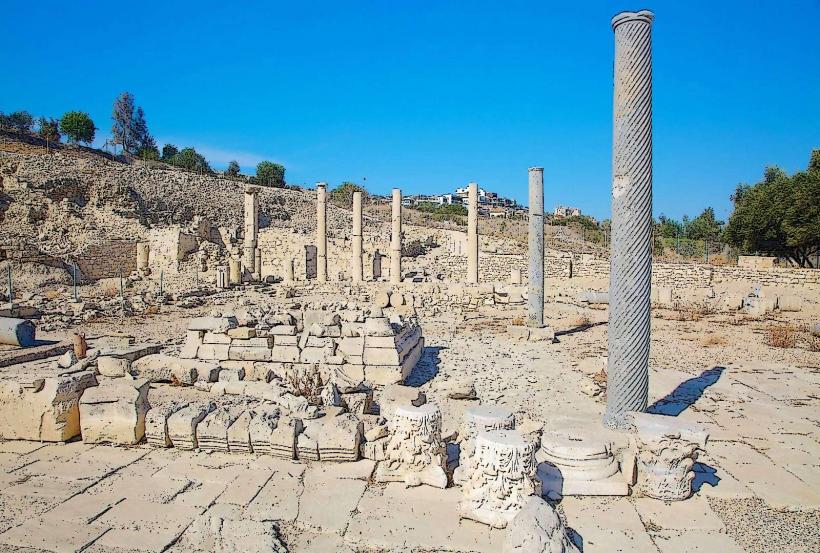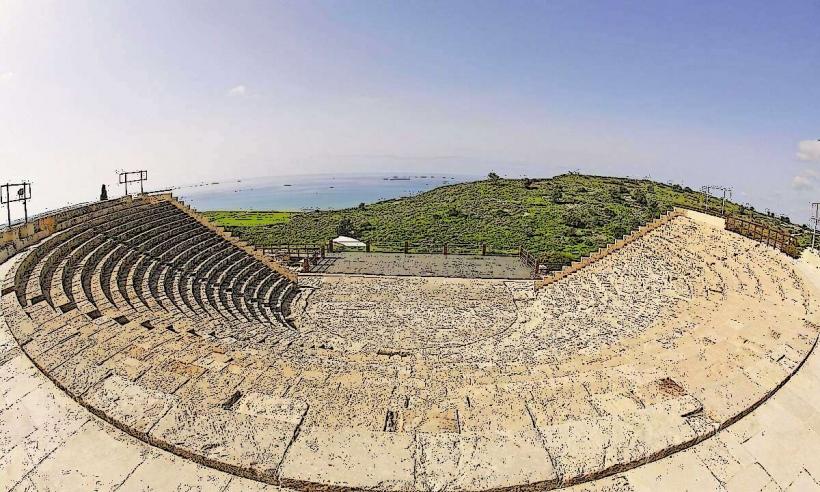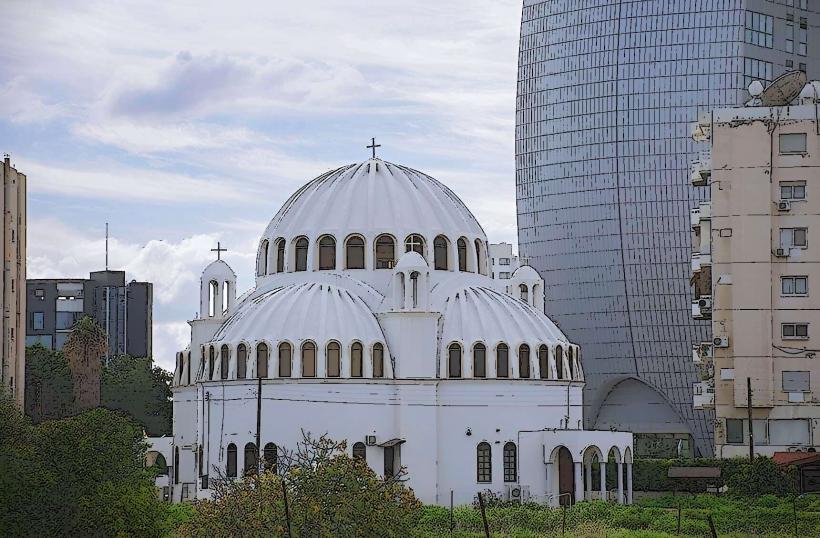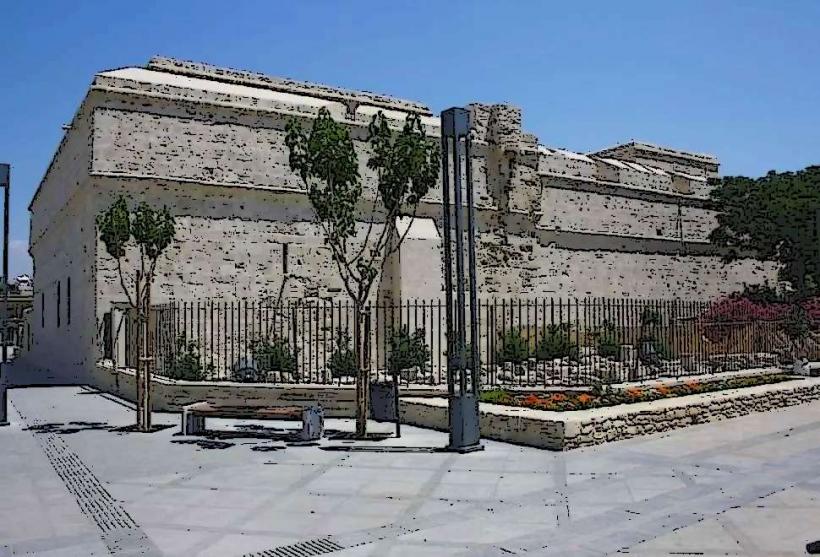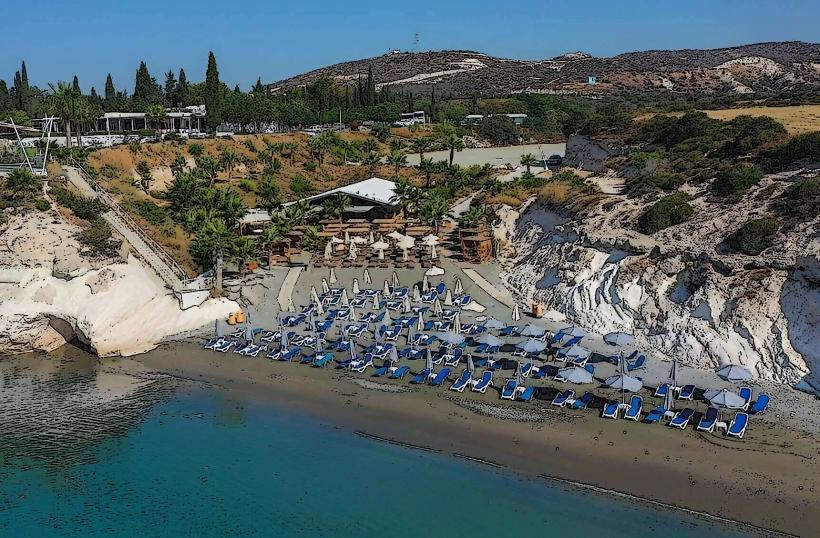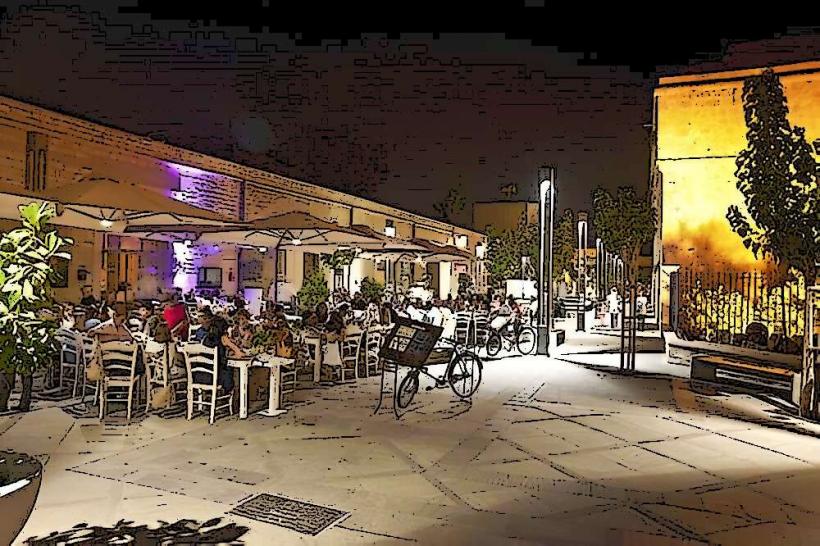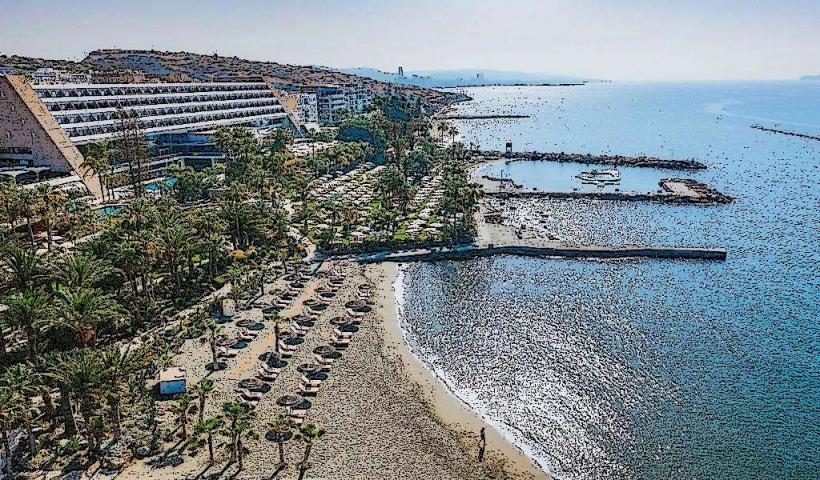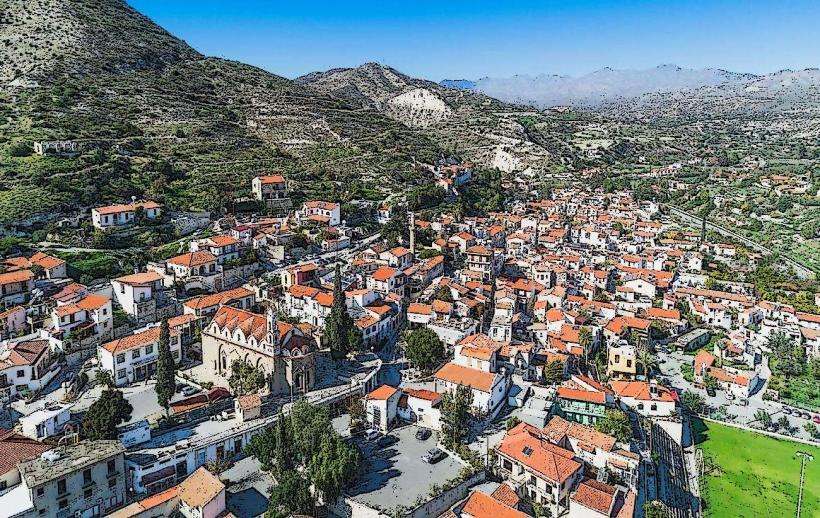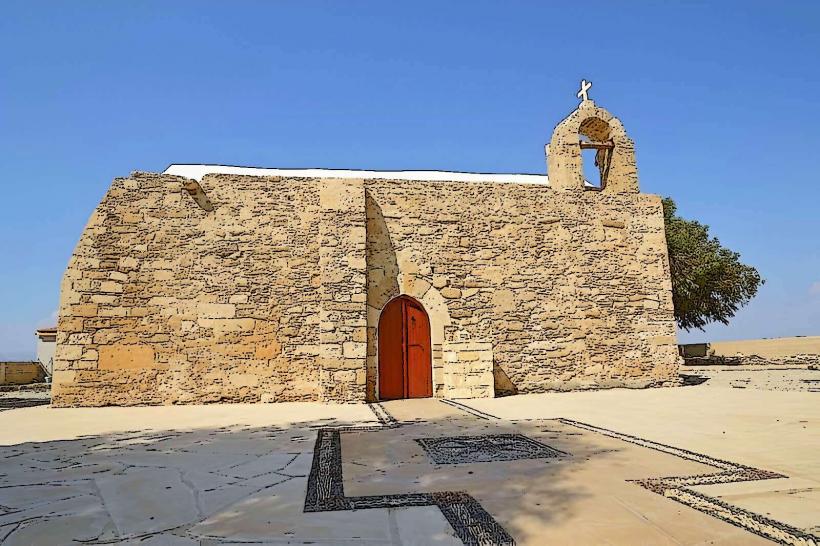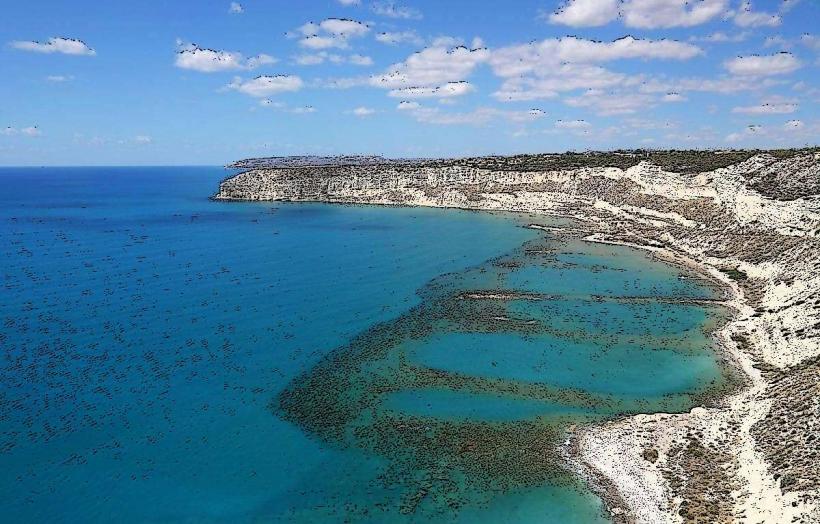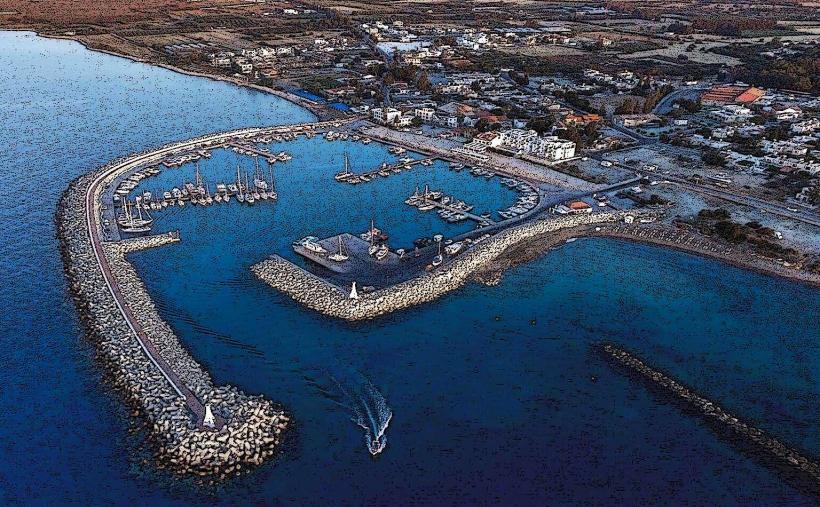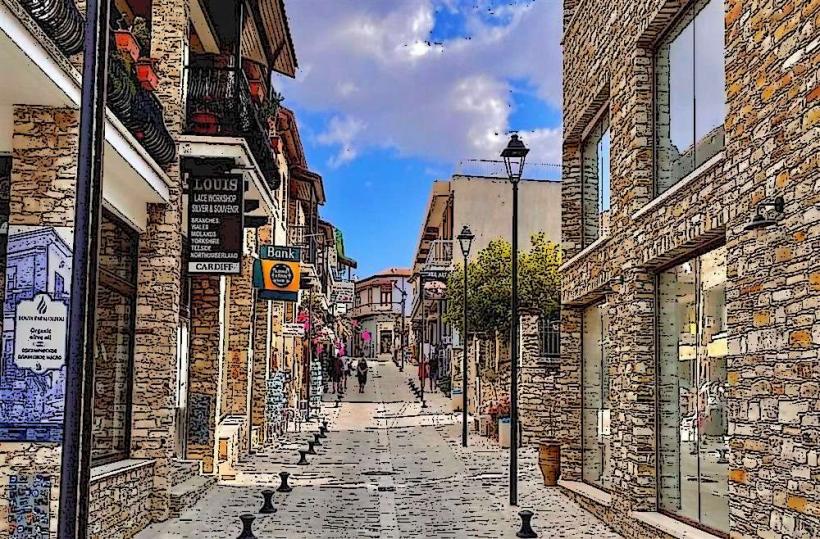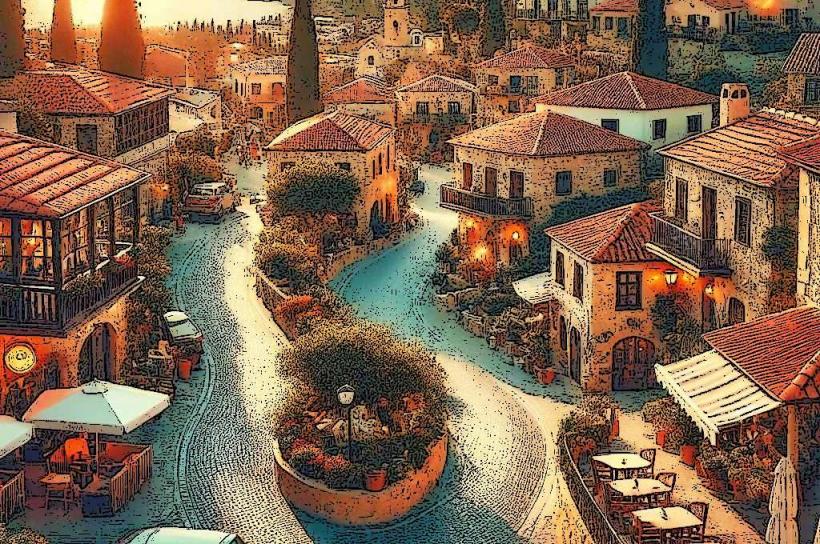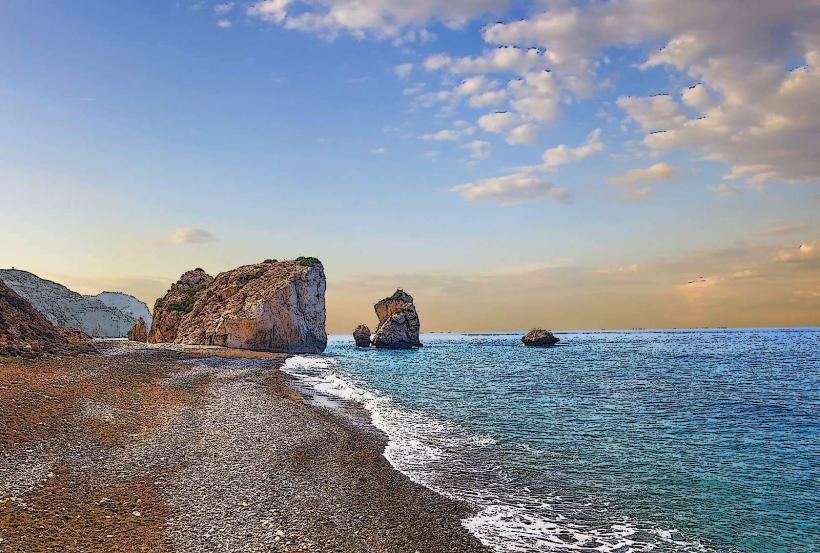Information
Landmark: Limassol Archaeological MuseumCity: Limassol
Country: Cyprus
Continent: Europe
The Limassol District Archaeological Museum is a fascinating cultural institution located in Limassol, Cyprus. It houses a remarkable collection of artifacts that trace the island’s rich history, spanning from the Neolithic period (around 10,000 BCE) to the Late Roman period (4th century CE). The museum serves as a gateway to understanding the historical and cultural development of the Limassol District and is a must-visit for history enthusiasts.
History of the Museum
- The museum was established in the 1940s, with its current location near the Limassol Municipal Gardens opening in 1975.
- Over the decades, the museum’s collection has grown significantly due to extensive archaeological excavations conducted in the Limassol District, particularly at sites such as Amathus, Kourion, and Akrotiri.
- It is managed by the Cyprus Department of Antiquities, ensuring the preservation and promotion of Cyprus’s archaeological heritage.
Layout and Exhibits
The museum is organized into three main rooms, each focusing on a different chronological period and aspect of the region’s history.
Room 1: Prehistoric Period
- Artifacts from the Neolithic and Chalcolithic periods, including:
- Stone tools and weapons used for hunting and daily life.
- Pottery and figurines that illustrate early Cypriot art and spirituality.
- Objects from early settlements in Akrotiri and Sotira.
Room 2: Antiquity
- Items from the Bronze Age and Iron Age, when Cyprus became a hub for trade and cultural exchange in the Mediterranean:
- Bronze tools, weapons, and ornaments.
- Mycenaean pottery, reflecting trade links with ancient Greece.
- Figurines and ritual objects from temples in Amathus and Kourion.
- Ivory and glass artifacts, which highlight the island’s connections with Egypt, the Levant, and other ancient civilizations.
Room 3: Classical to Roman Periods
- Artifacts from the Hellenistic and Roman periods, showcasing the cultural and artistic achievements of these eras:
- Statues of deities such as Aphrodite and Apollo.
- Mosaics and decorative items from wealthy villas and public buildings.
- Coins that depict rulers and important symbols of the time.
- Items from Amathus, such as large limestone urns used for burials.
Highlights of the Collection
Artifacts from Amathus:
- A significant portion of the museum’s collection comes from the ancient city of Amathus, one of the most important city-kingdoms of ancient Cyprus.
- Items include limestone sarcophagi, religious figurines, and items used in daily life.
Kourion Finds:
- Discoveries from Kourion, another prominent ancient city, include pottery, tools, and items from tombs.
Clay Figurines:
- Elaborately crafted terracotta figurines from the Hellenistic period depict gods, animals, and mythological scenes.
Roman Glassware:
- Exquisite glass items that demonstrate the advanced techniques of Roman craftsmen.
Visiting the Museum
Location:
- Situated at Anthoupolis 5, Limassol, near the Municipal Gardens and within walking distance of Limassol’s city center.
Opening Hours:
- The museum is generally open from Monday to Friday, with slightly reduced hours on weekends. It’s advisable to check the schedule in advance, especially on public holidays.
Admission Fee:
- The entrance fee is modest, making it an affordable experience for visitors.
Facilities:
- The museum features informative signage in Greek and English, providing context for the exhibits.
- Guided tours are available upon request for groups and schools.
Nearby Attractions
Limassol Castle and Medieval Museum:
- Located in the old town, this site complements the archaeological museum by offering insights into Cyprus’s medieval history.
Municipal Gardens and Zoo:
- Adjacent to the museum, these areas provide a relaxing spot to unwind after exploring the exhibits.
Amathus Ruins:
- A short drive from the museum, this archaeological site offers a firsthand look at one of the key locations featured in the museum’s collection.
Why Visit?
The Limassol District Archaeological Museum is not only a treasure trove of ancient artifacts but also an excellent way to gain a deeper understanding of Cyprus's history and its role as a crossroads of civilizations. Its well-curated exhibits, accessible location, and proximity to other attractions make it an essential stop for anyone exploring Limassol.


